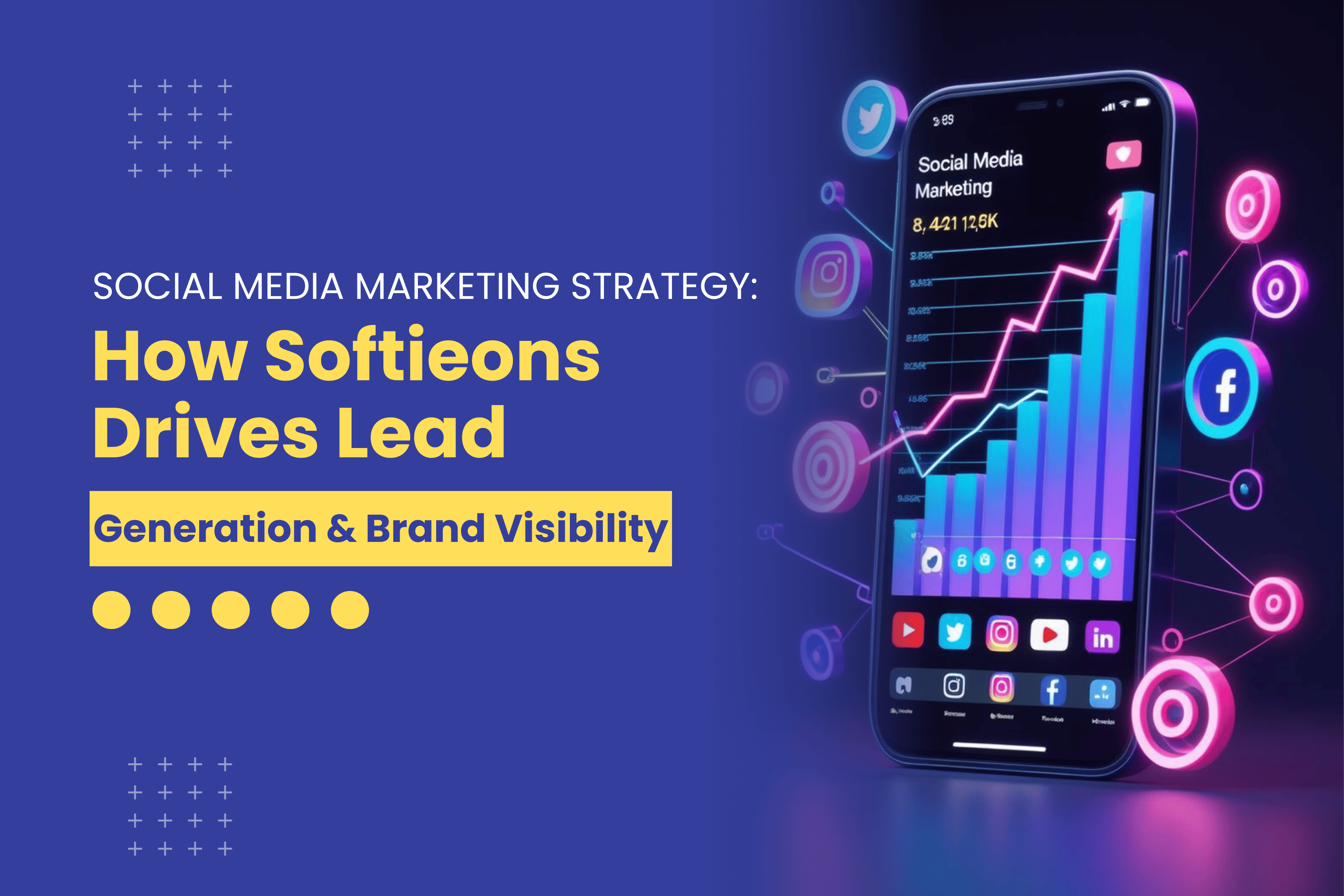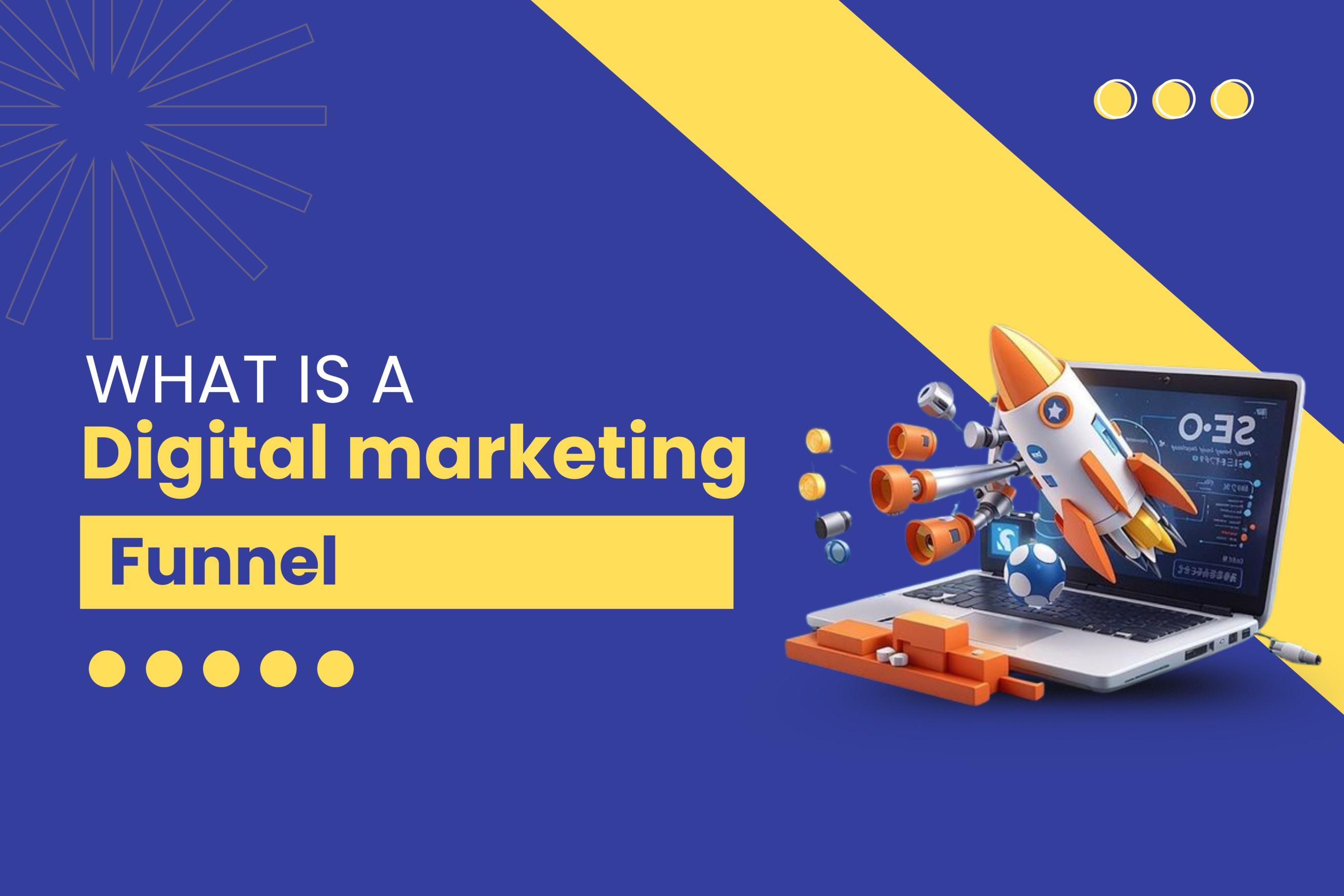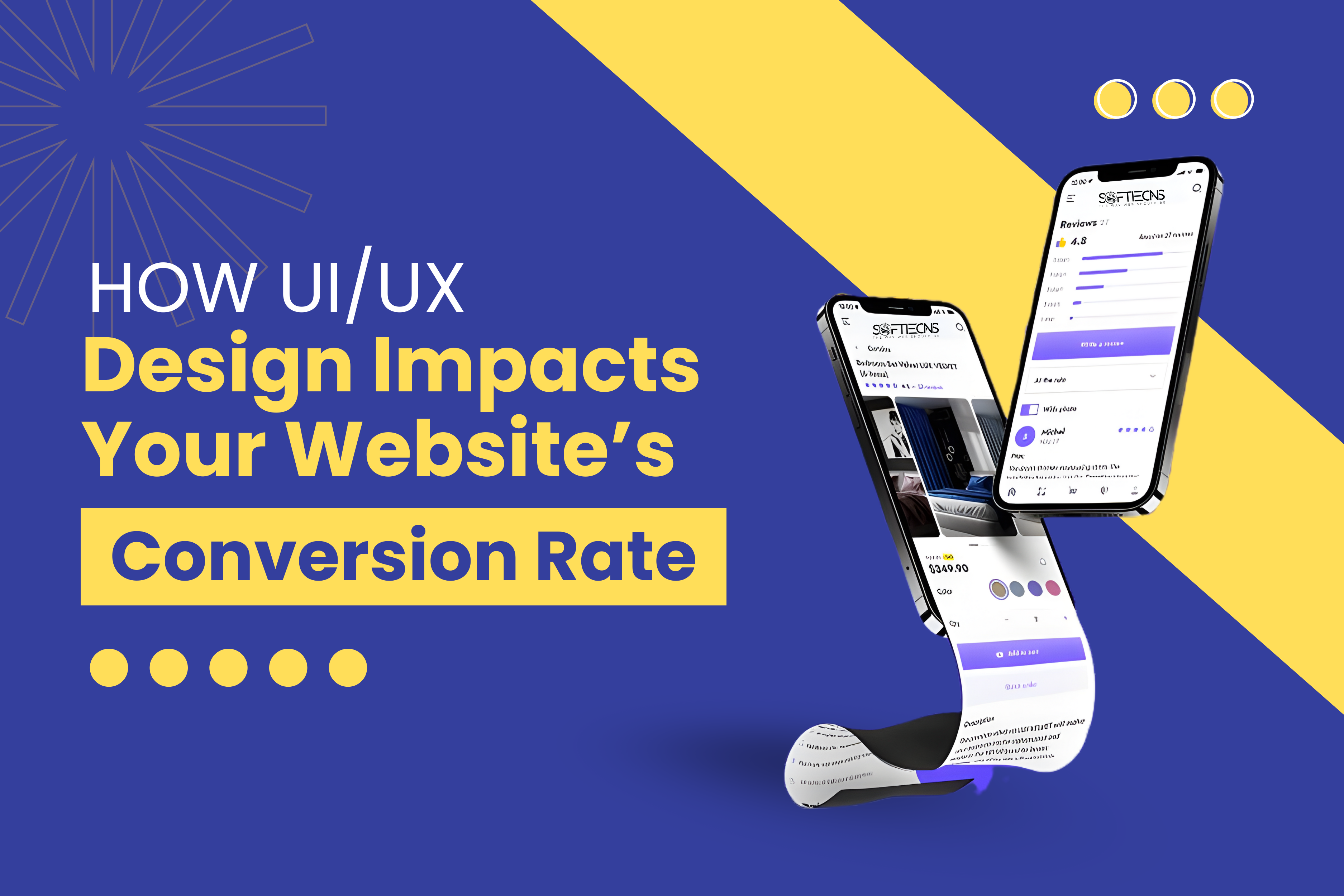Enhancing User Experience: Design Principles for IT Solutions
Thu, 16 May 2024
User experience (UX) is crucial to the success of IT systems in the modern digital world. The way people engage with technology, be it a website, software program, or digital platform, has a significant impact on their level of pleasure and overall efficacy. We'll look at the core design ideas in this blog to improve user experience and make sure your IT solutions are clear, effective, and easy to use. Explore the realm of UX design with me to learn how to maximize your IT solutions for outstanding user experiences.
Why User Experience Matters
User experience (UX) is important because it has a direct effect on how people see and utilize digital goods and services. UX is essential to the design and development of IT systems for the following main reasons:
Client Contentment: Higher customer satisfaction is correlated with a pleasant user experience. Users are more likely to interact favorably and come back to a website or program if they find it user-friendly, aesthetically pleasing, and efficient. Additionally, happy customers are more likely to tell others about the good or service, which promotes business expansion.
User Engagement and Retention: Well-designed user experiences promote user engagement and retention. Users are more inclined to spend time exploring the platform, doing tasks, and engaging in other activities when they have a smooth and pleasurable experience.
Enhanced Productivity: Simplifying complicated activities and streamlining workflows are two ways that well-designed IT solutions increase user productivity. Users may concentrate on their main goals without needless distractions or frustrations thanks to time-saving features like intuitive interfaces and effective navigation.
Lower Support and Training Costs: Comprehensive user training and support are not as necessary when using intuitive UX design. Users don't need as much help to complete activities or solve problems when they can grasp and use a platform with ease. As a result, firms will save money by using fewer resources for customer service and training initiatives.
Competitive Advantage: A company's ability to set itself apart from competitors in a crowded market can be attributed to its superior user experience. Consumers are making more and more decisions about goods and services depending on how well they interact with them. Businesses may differentiate themselves, draw in new clients, and keep hold of current ones by investing in UX design.
Brand Perception and Trust: A brand's reputation is enhanced by a well-designed user experience. Users gain confidence and trust in a brand when they interact well with IT solutions. However, a bad user experience can damage a brand's reputation and create unfavorable opinions.
Inclusion and Accessibility: UX design is essential to guaranteeing inclusion and accessibility. By considering the requirements of a wide range of users, including those with impairments, designers may improve usability for all users and advance digital equity.
Key Design Principles for IT Solutions
It is important to include the following design concepts to optimize the user experience and maximize the efficacy of IT solutions:
1. Simplicity and clarity
Maintain organized and spotless interfaces.
Make use of a clear information structure and straightforward navigation.
Reduce cognitive strain by breaking up the knowledge into manageable parts.
2. Consistency
Make that all design elements—like layout, fonts, and colors—are consistent.
Utilize standardized language and interface designs across the program.
3. Accessibility
Make sure users of all capacities can access your IT systems.
To assist people with impairments, adhere to accessibility rules.
4. Responsive Design
Create user interfaces that easily adjust to various screen sizes and devices.
Give mobile responsiveness top priority to accommodate users of tablets and smartphones.
5. Feedback and responsiveness
Give users immediate feedback on their activities (such as clicking buttons or submitting forms).
Reduce loading times and delays to guarantee responsiveness.
6. User-Centric Approach
Recognize the needs, preferences, and pain areas of your users.
Obtain input from users through research and utilize it to guide design choices.
Implementing Design Principles in Practice
Putting design ideas into reality means creating IT solutions with a user-centered design and development process that is methodical. The following are essential actions and things to think about while using design principles:
1. User Study and Evaluation:
To comprehend the requirements, habits, and preferences of your target market, do in-depth user research.
Utilize analytics tools, interviews, surveys, usability testing, and interviews to collect both qualitative and quantitative data.
2. Establish definite goals and objectives:
Determine specific goals for your IT solution based on business needs and user insights.
Establish quantifiable objectives, like cutting down on job completion time or raising user satisfaction levels, that are in line with enhancing the user experience.
3. Process of Collaborative Design:
Encourage cooperation amongst stakeholders, product managers, engineers, and UX/UI designers.
To envision and refine design concepts, apply methods such as wireframing, prototyping, and design sprints.
Promote iterations and feedback based on stakeholder input and user testing.
4. Take up Design Principles:
Throughout the design process, keep in mind basic design concepts like accessibility, usability, consistency, and simplicity.
To effectively lead users through the interface, make sure there is a clear visual hierarchy, simple navigation, and good use of color, font, and images.
5. Iterative Optimization and Testing:
To find usability problems and get user input, test usability at various phases of development.
To evaluate user behavior and refine design features based on data-driven insights, employ heatmaps and A/B testing.
To increase overall usability and user happiness, iterate and enhance the design continuously depending on testing findings.
6. Adaptive and Responsive Design:
Use responsive design techniques to provide the best possible user experience on a range of screens and devices.
Make mobile responsiveness a top priority to serve the growing number of customers who are using smartphones and tablets to access IT solutions.
7. Inclusivity and Accessibility:
IT solutions should have accessibility features and follow web accessibility guidelines (WCAG, for example) to make sure people with impairments can use them.
To find and fix accessibility obstacles, do usability tests and accessibility audits with a variety of user groups.
8. Interdepartmental Cooperation:
Encourage cooperation between the development, QA, and design teams to guarantee that the intended design is executed in the finished product.
For cross-functional teams to remain transparent and in alignment, use agile approaches and frequent sprint reviews.
Through adherence to these best practices and the integration of design concepts at every phase of the development lifecycle, enterprises may produce IT systems that accomplish business goals, stimulate user engagement, and provide outstanding user experiences. Putting money into user-centered design increases customer happiness and long-term success in addition to improving the usability of IT systems.
Conclusion
Effective design concepts are essential for improving user experience and producing IT systems that are enjoyable to use in addition to being practical. Prioritizing user-centricity, accessibility, responsiveness, consistency, and simplicity can improve the overall quality of your digital goods and help your company succeed. Accept UX design as a tactical tool in your IT strategy to distinguish yourself apart from the competition and provide users with outstanding value.
Recall that excellent user experiences are deliberately created via careful design and ongoing improvement. They don't just happen. Through the use of these concepts and a user-centered approach, you can effectively convert your IT solutions into digitally empowered and inspiring tools for users.
POPULAR POSTS
Shopify vs. WordPress: Which one is best for e-commerce?
Wed, 07 Apr 2021Role of IoT in the Real Estate Industry
Wed, 14 Apr 2021Why UX And UI Is Important For Mobile Application Development
Sat, 01 May 2021Telemedicine's Advantages in Nursing Homes
Fri, 24 Dec 2021RECENT POSTS
Title: Run Your Entire Real Estate Business From Your Phone
Fri, 12 Dec 2025









